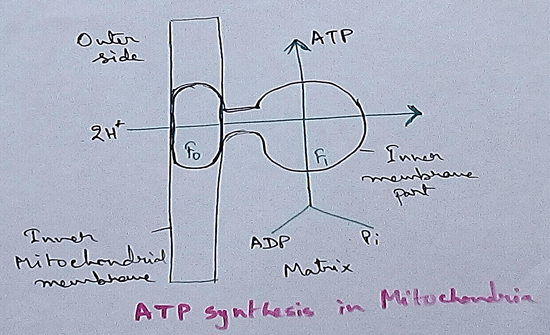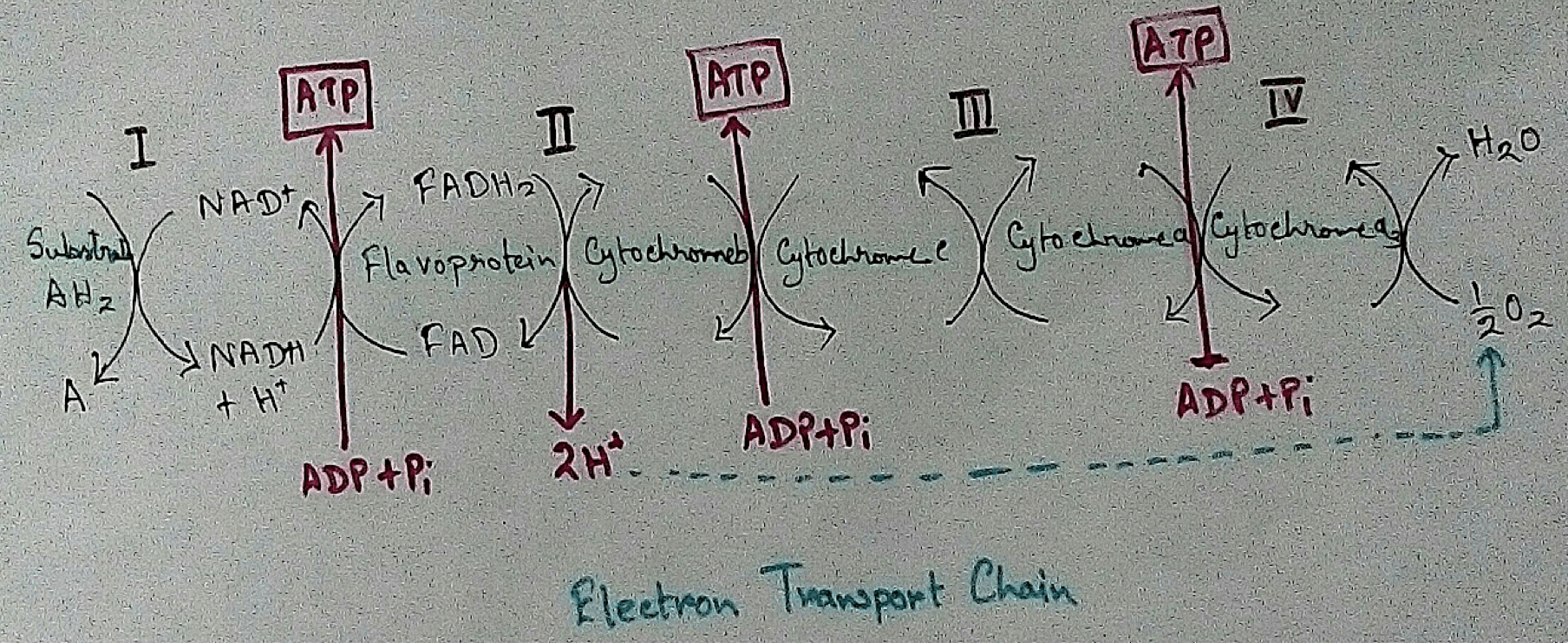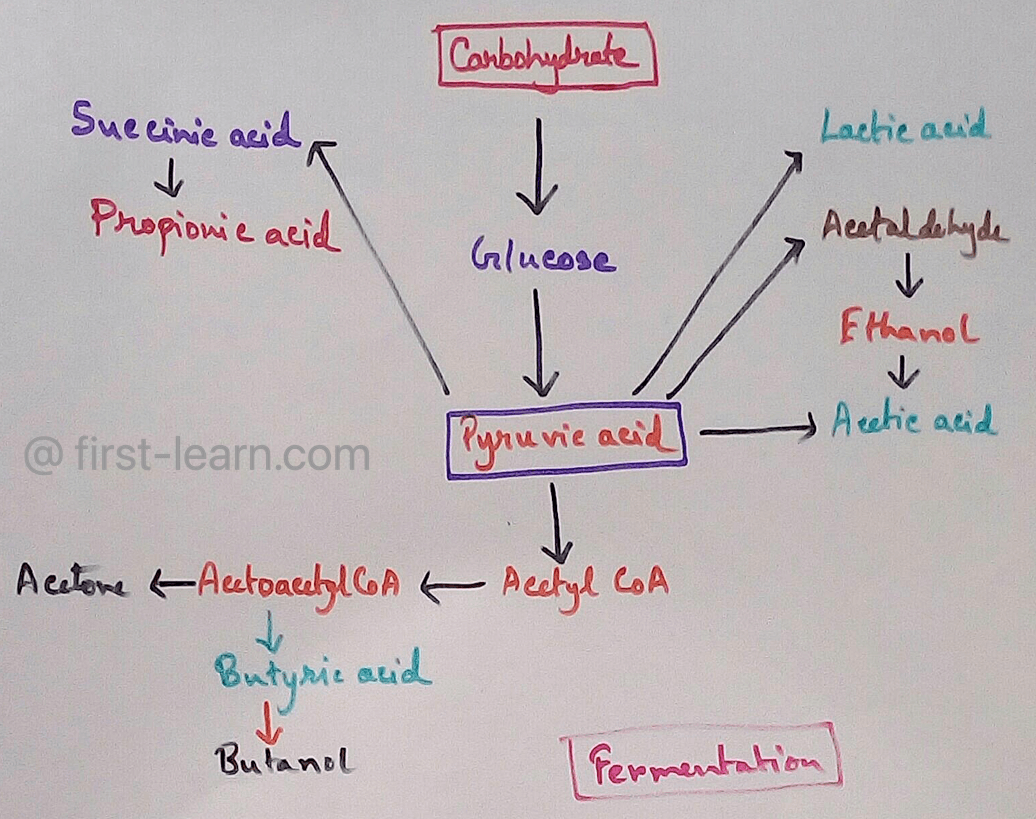Properties of Magnet
We will discuss about the different properties of magnet.
(i) Magnet attracts iron or magnetic objects:
A magnet attracts iron. Suppose our teacher gives us a magnet bar and now we collect small pieces of different metals like iron, copper, aluminium, brass and some non-metals like plastic, rubber, wood, etc. Keep all these pieces in a plastic tray and mix them up. Now place the magnet bar in the tray, and wait for a while before you pick it up. We can see that all the iron pieces are stuck at both ends of the magnet, leaving other metals and non-metals in the tray.
(ii) A magnet has two poles:
A magnet has two poles, North pole and South pole. By simple experiment we can prove it.
Take a magnet bar from our class teacher and tie
a thread at its middle. Now let it hang horizontally. After rotating and
oscillating for a while the magnet will finally come to rest position facing
its one end towards geographical North and the other end towards geographical
South and mark ‘N’ and ‘S’ signs at the two ends with a chalk-pencil. No matter
how many times you let the bar rotate and oscillate, it will ultimately rest
facing North-South direction as marked by N’ and ‘S’ in every time. Using the
advantage of this experiment, a magnet is used to prepare a compass by which
the sailors ascertain the direction of the course in deep sea.
(iii) Same poles of magnets repel:
A magnet has two poles, North pole and South pole. Same poles of two magnets if held closer, repel each other. We can check this property with a very simple experiment.
Take two bar magnets with their North poles marked in red and hang one of these with a thread.
Now if we hold the North pole of the other magnet near the North pole of the hanging magnet the latter will move away. Similar situation can also be seen if the same experiment is performed with the South poles of the two magnets.
(iv) Magnetic energy is the strongest at two poles:
Maximum strength of the magnet is present at its two poles. We can check it ourself by the following experiment.
Collect some iron filings. Spread it on a piece of paper. Now take a magnet bar and tie a thread at its middle and dip it in the iron filings. While picking up the bar from the filings we may see a good amount of filings are clung together at the two ends but no filings at the centre of the bar. From this experiment we clearly demonstrates that power of attraction of a magnet is the strongest at its two poles.
(v) Strength of magnets vary:
Different magnets have different powers of attraction or magnetic strengths. A powerful magnet can attract an iron article from a longer distance but a weaker one is to be held much closer to get the same effect.
Let us collect two magnets of same size but of different strength and keep few paper pins on a table. Now take a scale and hold it vertically beside the pins by our left hand. Then, take one magnet in your right hand and bring it down towards the pins slowly. The moment the magnet reaches a particular height it will start attracting the pins. We can try it twice or thrice and then note that particular height from the scale. Perform the same experiment with the other magnet also. It can be seen that the heights at which the magnetic attraction of both the magnets starts are different.
(vi) Magnetic energy passes through non-magnetic object:
We cannot stop magnetic attraction by a non-magnetic substance, though the power of attraction reduces depending upon the nature and the thickness of the non-magnetic barrier.
Let us perform another experiment. Keep some paper pins on a table. Now hold a magnet below the table top just under the pins and slowly move it. We can see, the pins, put on the table top, also move following the path of the magnet below. These two experiments prove that magnetic power can also act through non-magnetic substances like paper and wood.
Take a strong magnet bar. Wrap it with thick paper. Now if we hold the magnet near some paper pins the magnet will attract the pins.
(vii) Magnetic induction:
If a magnetic substance, like a piece of iron, is placed either close to or in contact with a pole of a strong magnet it acquires feeble magnetism and behaves like another magnet. This phenomenon is called magnetic induction. Induced magnetism lasts till the magnet is kept beside the magnetic substance. As soon as the magnet is removed, the induced magnetism disappears. This phenomenon may be demonstrated by the following experiment.
Take one iron nail, a paper pin and a magnet bar. First, hold the pin near the nail. Magnetic attraction cannot be seen in that case. Now keep the bar magnet on a table and place the nail very close to it so that part of it remains projected from the edge of the table. Under this situation if we hold the pin near the end of the nail, the nail itself will attract the paper pin behaving like a magnet. Here, magnetism is induced in the nail.
From Properties of Magnet to HOME PAGE
Recent Articles
-
Respiratory Balance Sheet | TCA Cycle | ATP Consumption Process
Feb 18, 24 01:56 PM
The major component that produced during the photosynthesis is Glucose which is further metabolised by the different metabolic pathways like glycolysis, Krebs cycle, TCA cycle and produces energy whic… -
Electron Transport System and Oxidative Phosphorylation | ETC |Diagram
Feb 04, 24 01:57 PM
It is also called ETC. Electron transfer means the process where one electron relocates from one atom to the other atom. Definition of electron transport chain - The biological process where a chains… -
Tricarboxylic Acid Cycle | Krebs Cycle | Steps | End Products |Diagram
Jan 28, 24 12:39 PM
This is a type of process which execute in a cyclical form and final common pathway for oxidation of Carbohydrates fat protein through which acetyl coenzyme a or acetyl CoA is completely oxidised to c… -
Aerobic Respiration | Definition of Aerobic Respiration | Glycolysis
Dec 15, 23 08:42 AM
This is a type of respiration where molecular free oxygen is used as the final acceptor and it is observed in cell. Site of Aerobic Respiration - Aerobic respiration is observed in most of the eukaryo… -
Fermentation | Definition | Types of Fermentation | Application
Nov 29, 23 10:27 PM
Definition of fermentation- It is a process that is energy yielding process of anaerobic oxidation of organic compounds which are carried out by the enzyme action of micro organisms where neither gase…




New! Comments
Have your say about what you just read! Leave me a comment in the box below.